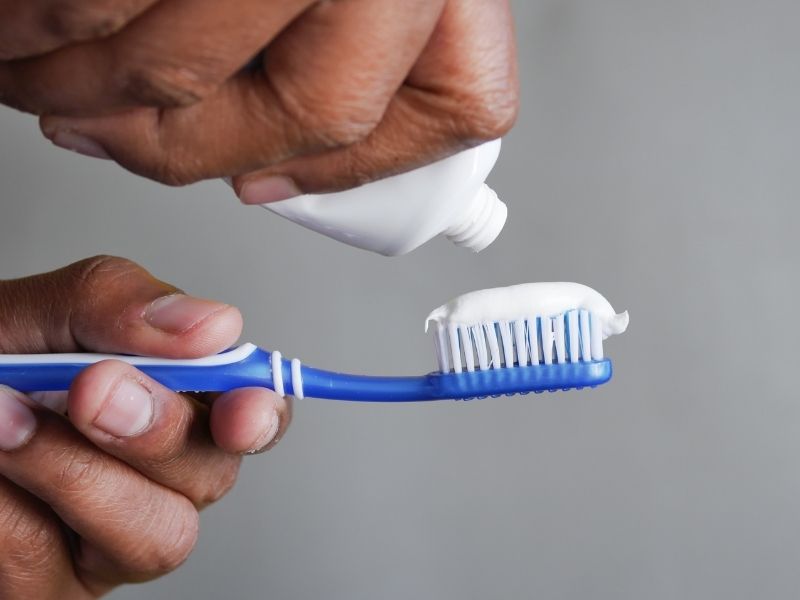Zinc oxide is a material that has long been used in dental practice. Zinc oxide dental use is generally combined with eugenol, a special substance to maximize its benefits. The two produce ZOE, a versatile material that offers various benefits for human teeth.
Understanding Zinc Oxide Dental Use
As mentioned above, ZOE has emerged as a multifunctional material, primarily due to its pulp-soothing properties and ease of use. Here are the various functions of zinc oxide in dentistry that are rarely understood.
- Temporary Dental Fillings
This material is most popular as a temporary filling material. In situations where dental treatment is not yet complete or the dentist still needs to monitor the condition of the tooth, ZOE is essential. This filling can last for several days to weeks, depending on clinical needs. In addition to providing a temporary seal, it can also reduce pain and sensitivity thanks to the effects of eugenol.
- Underlay for Permanent Fillings
Furthermore, zinc oxide is also useful as a protective layer at the base of the cavity before a permanent filling is placed. Its function is to protect the pulp tissue from thermal, chemical, or mechanical stimuli. However, the use of ZOE as a liner is not valid if the permanent filling uses resin. This is because eugenol can interfere with the hardening process.
- Temporary Cement for Bridges
In crown or bridge procedures, zinc oxide is used as cement. This material will attach the temporary restoration before the permanent crown or bridge is finished in the laboratory. They do not damage the natural tooth and instead provide comfort for the patient during the waiting period.
- Sealer in Root Canal Treatment
In root canal treatment, zinc oxide is the main ingredient in several types of root canal sealers. They help fill small spaces in the root canal and also maintain the long-term stability of the treatment results.
- Dental Impression Material
Finally, before modern impression materials such as silicone or polyether, zinc oxide paste was the preferred impression material, especially for patients with complete edentulousness. Its consistency is suitable for recording soft tissue.
Therefore, zinc oxide dental use remains a mainstay. In an era of ever-evolving dental technology, the role of zinc oxide is irreplaceable. Especially in some clinical situations because of its soothing, antimicrobial properties and ease of application.

